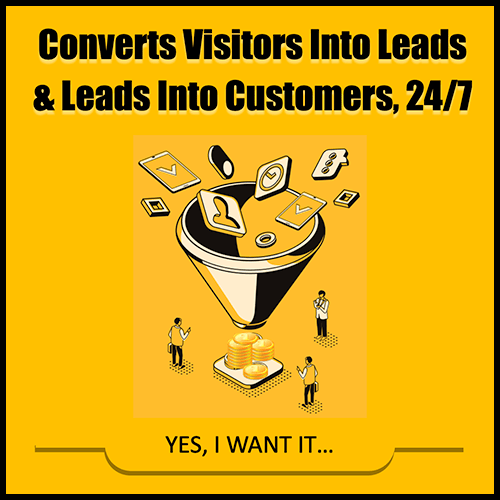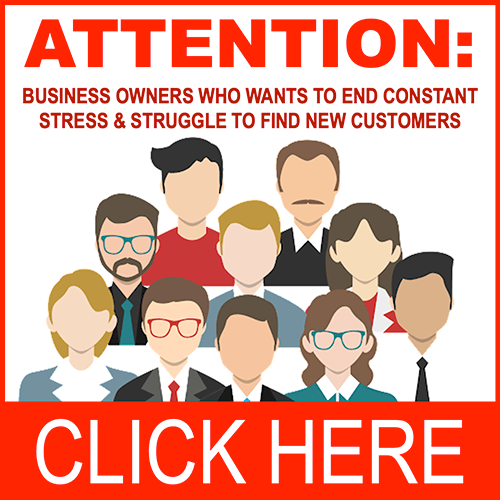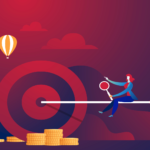Last week a friend of mine’s husband had six hours of dental work.
Deathly afraid of the dentist, he put his visit off so long that he needed a lot of work done.
In fact, it took six years of poking and pushing the guy to finally get him to go.
Now that might be a little on the long side of the buying cycle, but today I want you to think about when, why and how you buy stuff.
To start, do me a favor and answer the following questions:
Have you been to the dentist recently? If not, will you need to go within the next six months?
Will you go out to eat one or more times this month? What about this week?
Could you see yourself buying a new electronic device—a computer, TV, stereo, or phone for example in the next 6 months to one year?
For some reading this, you might be looking to buy a new laptop right now, others might be thinking in the next year they want to upgrade.
You most likely will eat out at least once this month. And go to the dentist in the next six months to get your teeth cleaned and checked (unless, of course, you are like my friend’s husband.)
The point is everyone is at a different buying cycle in life’s continuous array.
And so are your customers.
Some are looking for your products or services right now.
Some don’t need them right now, but down the line, in six months to a year for example, they will need what you offer.
So it’s difficult to exactly pinpoint whether necessity or your marketing or some other force is going to push them into buying mode.
Now let me ask you a question…
Let’s say your car breaks down today. Who would you be more likely to choose to repair your car?
Would you choose:
A) The dealer you bought your car from that you haven’t heard from?
B) An auto-repair shop you have driven past a few times?
C) The auto-repair shop that sent you a free report on how to keep your auto repair costs down and has been sending you tips to keep your car running better for the past several months?
D) The auto-repair shop that you found by doing a search on the Internet?
Chances are you would pick “C”, the repair shop sending you tips because you have started to get to know them.
Maybe you even used a tip or two that helped you, which makes you trust them a bit more.
In other words, you are starting to build a relationship with them.
Understanding that buyers are continually in different places in the buying cycle will help you understand the importance of having a lead generation system in place.
And understanding that if they have a relationship with you, then they are more likely to do business with you when they are ready to buy will help you capture more leads, sell more product and keep you booked solid.
Remember to get more clients and make more sales, you need to have a lead generation system in place that will continually supply you with potential buyers in different stages of the buying process.
Create a system that starts the conversation and makes a connection, and when it’s time for them to buy, you will be the only logical choice.
But if you don’t know how to create a successful lead generation strategy and lead generation magnet, I will help you to do so, hop in here:
Note: Oh, by the way my ghostwriting assignments have just increased. If you have a book in you but don’t know how to write it or don’t have the time write it, I will do it for you, write to me at info@headway2success.com

is a direct response marketing strategist, helping people in just about every category of business turn their ideas into fortunes. Ashish’s approach is simple and refreshing and enriches those who act on his advice. If you want Ashish to personally design your marketing funnel that brings in more money, click here









Leave A Comment